Americanized Japanese food refers to Japanese cuisine that has been adapted to suit American tastes. It combines traditional Japanese cooking techniques with American ingredients and flavor preferences, creating a unique culinary experience. While maintaining the essence of Japanese dishes, Americanized versions are often adjusted to be more appealing and accessible to American audiences.
The Fusion of Flavors: How Japanese Cuisine is Americanized
Japanese food in the U.S. isn’t just about changing ingredients. It’s about changing the dishes to match American tastes. This often means adding stronger flavors and more variety, shifting away from Japan’s focus on subtle flavors and balance.
For example, Japanese sushi often highlights fresh fish in simple forms while American sushi might include cream cheese, avocado and spicy sauces for a richer taste. Similarly, ramen in the U.S. usually has extra toppings, spices or even cheese and BBQ. This makes it richer and packed with flavor to match American tastes.
Exploring the Differences: Authentic vs. Americanized Japanese Food
| Authentic Japanese Food | Americanized Japanese Food |
| Light, natural flavors. | Bold, rich flavors that are often sweeter or spicier. |
| Seasonal, fresh ingredients like raw fish. | Uses comfort ingredients like cheese, bacon. |
| Small portions with high quality. | Larger, more filling portions. |
| Simple and elegant presentation | Colorful, with lots of toppings. |
| Traditional Japanese cooking. | Mix of Japanese and American cooking. |
Popular Americanized Japanese Dishes You Must Try
Americanized Japanese food is very popular in the U.S. It combines traditional Japanese flavors with American styles.
Here are some favorites:
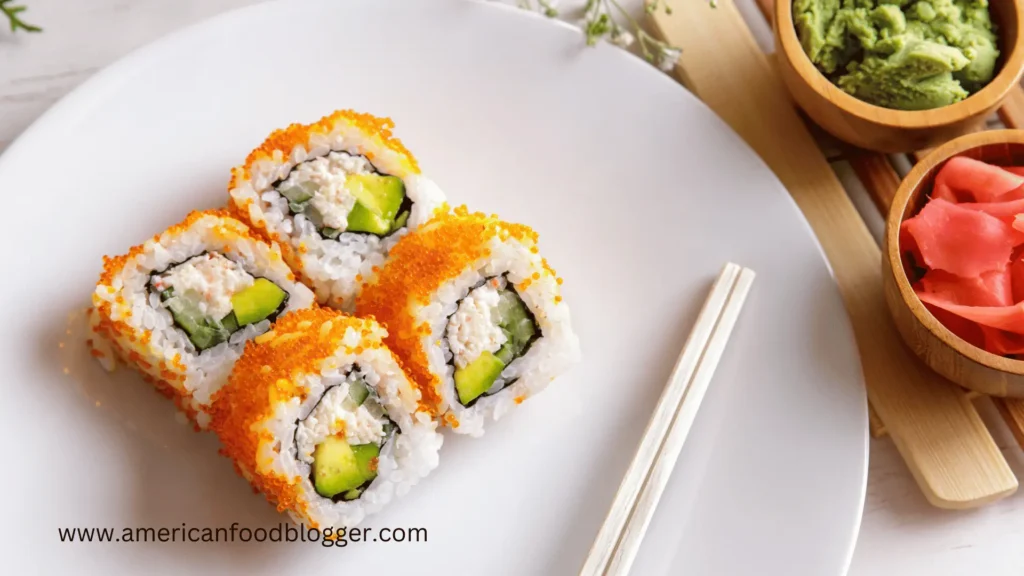
1. California Roll
The California Roll is one of the most famous American sushi rolls. It was created in Los Angeles in the 1960s to help Americans try sushi using familiar ingredients. The roll usually contains avocado, cucumber, and crab meat (or imitation crab) wrapped in sushi rice and seaweed.Some versions are topped with sesame seeds or fish roe for extra crunch and flavor. Its popularity comes from being an easy way to enjoy sushi without raw fish which can be scary for some people.
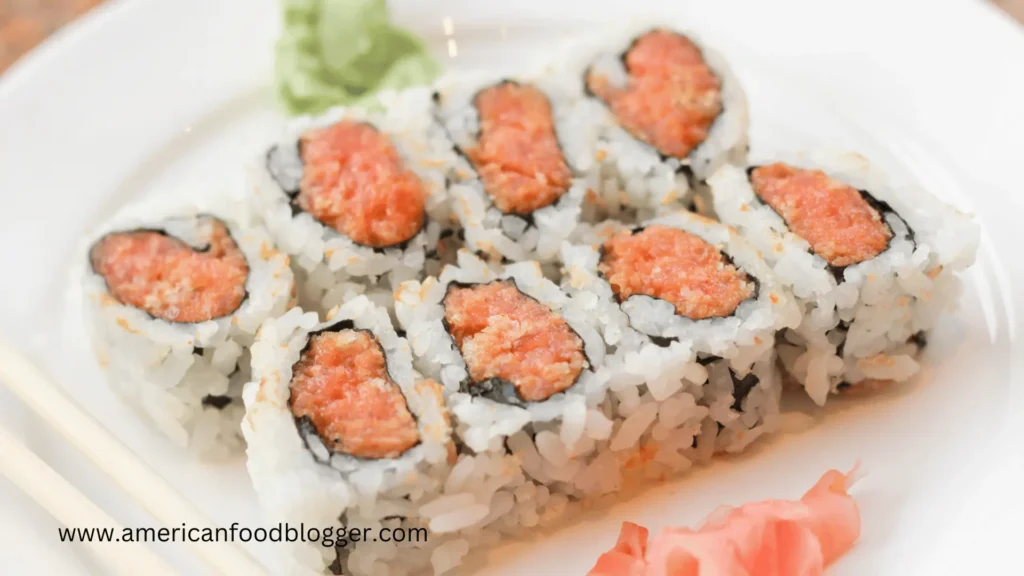
2. Spicy Tuna Roll
The Spicy Tuna Roll is a delicious choice for those who like some heat. It contains fresh, raw tuna mixed with spicy mayo usually made with sriracha or other chili sauces. The mixture is rolled with sushi rice and nori, and it may be topped with scallions, sesame seeds or crunchy tempura flakes. The combination of spicy, creamy and fresh flavors makes this roll a favorite among sushi lovers in the U.S.
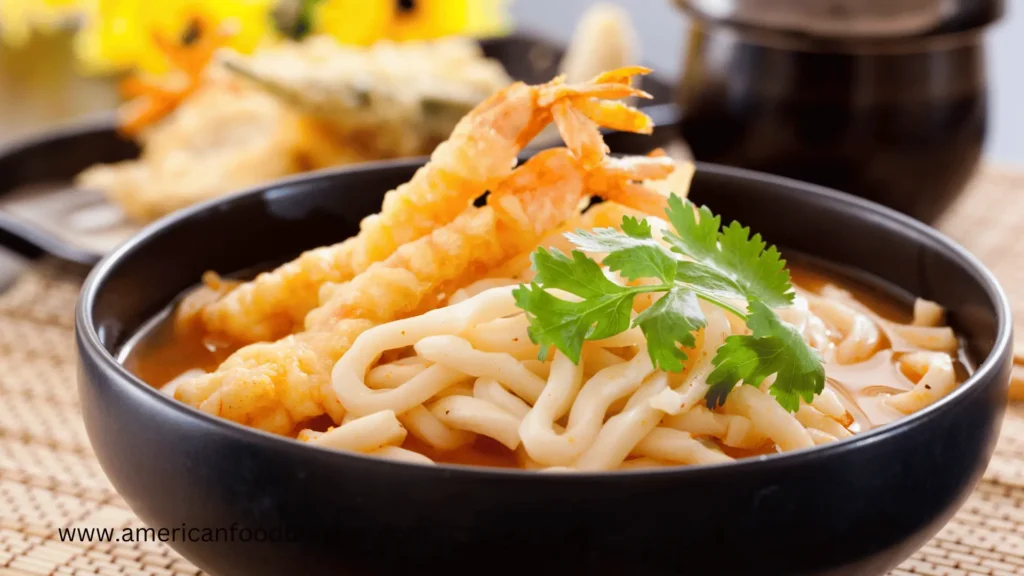
3. Tempura Udon
Tempura Udon is a comforting dish that combines thick and chewy udon noodles in a hot broth made from dashi, soy sauce and mirin. It’s topped with tempura-fried vegetables and shrimp which add a crunchy texture to the smooth soup. American versions often have a sweeter broth and include various vegetables like sweet potatoes, zucchini and broccoli.
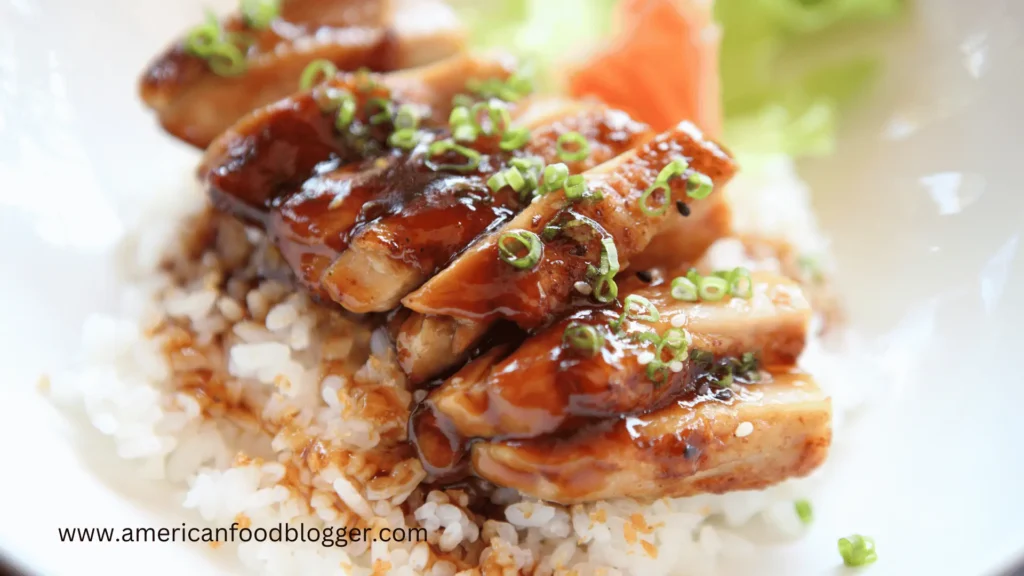
4. Teriyaki Chicken
Teriyaki Chicken is a popular dish in Americanized Japanese cuisine, known for its sweet and savory glaze. It usually features grilled or pan-fried chicken marinated in soy sauce, sugar, ginger and garlic. The sauce becomes sticky and flavorful as the chicken cooks. It’s often served with steamed rice and vegetables like broccoli or carrots. While teriyaki is a traditional Japanese cooking method, the Americanized version tends to be sweeter and more heavily sauced, making it a favorite comfort food.
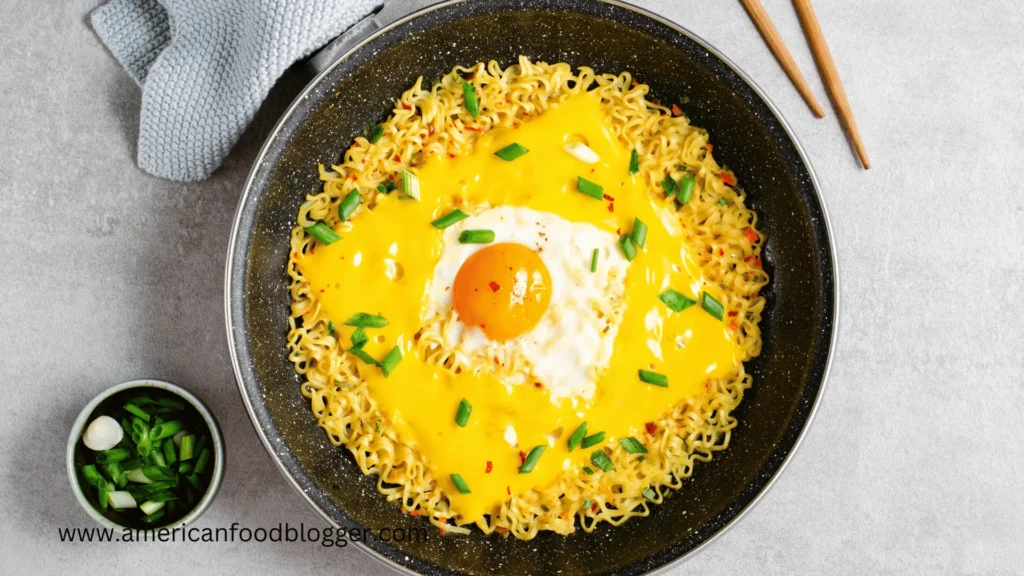
5. Americanized Ramen
Ramen is a Japanese noodle soup that has been adapted in American food culture. Americanized ramen features rich broths and diverse toppings including melted cheese, spicy sauces and BBQ meats. The noodles are served in chicken, pork or miso broth, topped with soft-boiled eggs, sliced pork belly, green onions and nori. Americanized ramen is known for being hearty and indulgent, appealing to those who enjoy bold and comforting flavors.
Why Americanized Japanese Food is So Popular?
- Easy to Find: Americanized Japanese food is easy to find in many restaurants and stores. So, it’s convenient for people to try.
- Variety: These dishes can be enjoyed in many ways, appealing to different tastes and preferences.
- Familiar and Unique: Combines familiar flavors with exciting Japanese tastes.
- Customization: Many dishes allow diners to choose their own ingredients, like sushi fillings or ramen toppings, so they can customize their meals to their liking.
- Comfort Food: Americanized Japanese dishes often have hearty and indulgent qualities, making them comforting choices for many diners.
Restaurants Leading the Americanized Japanese Food Trend
Some restaurants have played a big role in shaping Americanized Japanese food, making traditional dishes more creative and accessible.
Here are a few key ones:
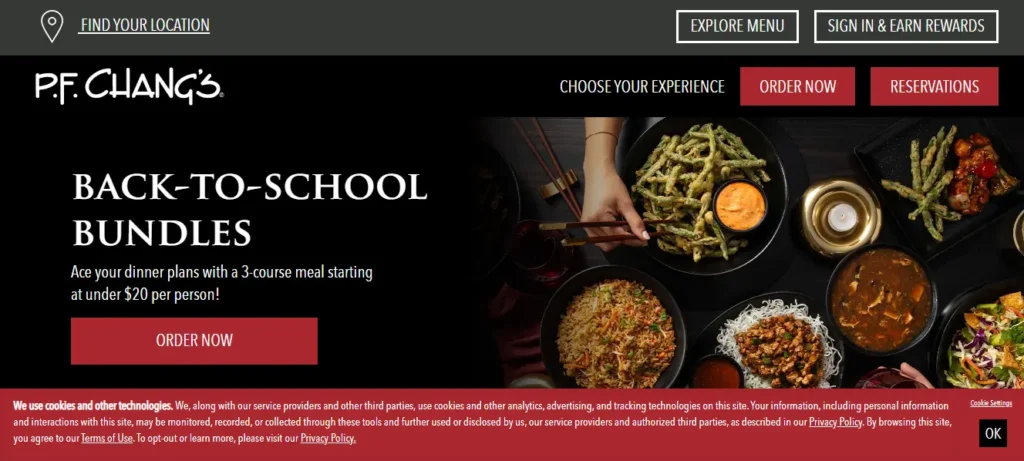
P.F. Chang’s
Overview : P.F. Chang’s is a popular restaurant chain offering a mix of Asian flavors for American diners. While it focuses mainly on Chinese food, it also includes Americanized Japanese dishes on the menu.
Highlights: The menu features sushi rolls like the Spicy Tuna Roll and Dragon Roll as well as teriyaki bowls and other Japanese-inspired dishes. Its blend of flavors and presentation make it a favorite for those looking for a mix of Asian and American styles.
🌐Website: https://www.pfchangs.com/

Nobu
Overview: Nobu is a high-end restaurant chain by chef Nobu Matsuhisa. It is known for its upscale dining that blends Japanese techniques with Peruvian and American flavors.
Highlights: Nobu serves creative Japanese dishes like Yellowtail Jalapeño and Miso Black Cod. The menu combines Japanese precision with bold flavors, making it a unique spot for adventurous diners.
🌐Website: https://noburestaurants.com/
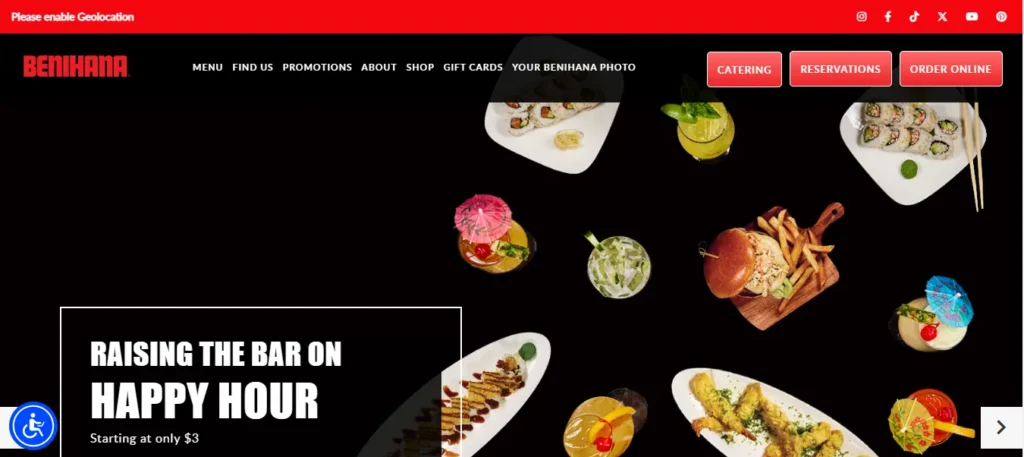
Benihana
Overview: Benihana is known for its teppanyaki-style cooking where chefs cook on a hot grill right at your table. This interactive experience makes it popular with families and groups.
Highlights: The menu includes Americanized Japanese dishes like hibachi steak, chicken, seafood, sushi rolls and fried rice. The fun cooking style and tasty food make dining at Benihana both entertaining and delicious.
🌐Website: https://www.benihana.com/
These restaurants lead the Americanized Japanese food trend, offering creative and easy-to-enjoy dishes that blend different culinary traditions for all tastes.
How to Make Americanized Japanese Food at Home
Making Americanized Japanese dishes at home is easy and enjoyable with the right ingredients and steps.
1. Sushi Rolls
Ingredients:
- Sushi rice,
- Nori (seaweed),
- Fillings like avocado, cream cheese and cooked shrimp or crab
Method:
- Cook the sushi rice as directed on the package. Season it with rice vinegar, sugar and salt.
- Place a sheet of nori on a bamboo mat.
- Spread a layer of rice on the nori and add your fillings.
- Roll it tightly using the mat and then slice it into pieces.
- Serve with soy sauce, wasabi and pickled ginger.
2. Teriyaki Chicken
Ingredients:
- Chicken breasts or thighs
- Soy sauce
- Sugar
- Ginger
- Garlic
Method:
- Marinate the chicken in a mixture of soy sauce, sugar, grated ginger and minced garlic for at least 30 minutes.
- Grill or sauté the chicken until it is fully cooked and caramelized.
- Serve with steamed rice and vegetables.
3. Ramen
Ingredients:
- Store-bought ramen noodles
- Broth base (chicken or vegetable)
- Soy sauce
- Miso paste
- Toppings like soft-boiled eggs, green onions, and grilled meat
Method:
- Cook the ramen noodles according to the package instructions.
- For the broth, mix chicken or vegetable stock with soy sauce and miso paste then heat until combined.
- Serve the cooked noodles in the broth and add your choice of toppings like soft-boiled eggs, green onions and grilled meat.
These recipes offer a simple way to enjoy Americanized Japanese food at home. You can try different flavors and ingredients to match your taste.
Conclusion
Americanized Japanese food is a blend of tradition and new ideas. From creative sushi rolls to American-style ramen, these dishes connect two cultures. Whether you prefer authentic flavors or enjoy the creativity of Americanized versions, the fusion of Japanese and American cuisine offers something for everyone.
💡Related Topics:
2.Exploring Korean-American Food
3.Introduction to Italian American Food

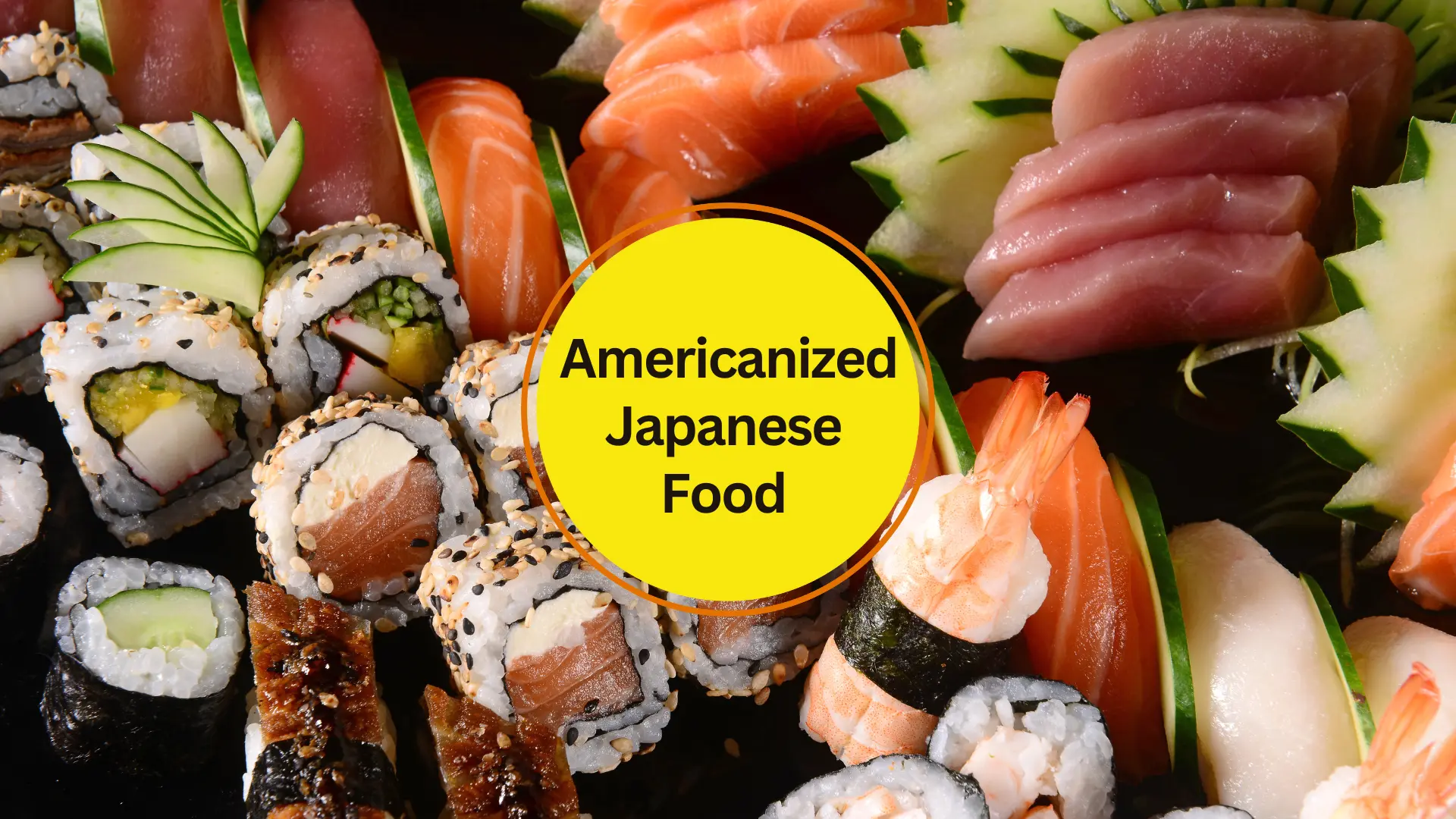


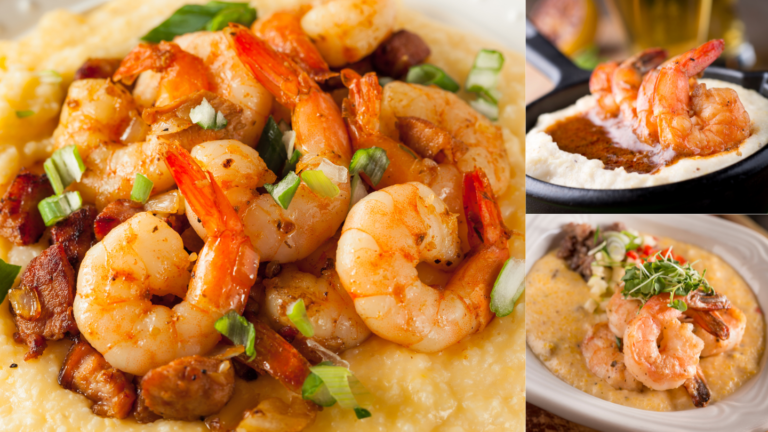


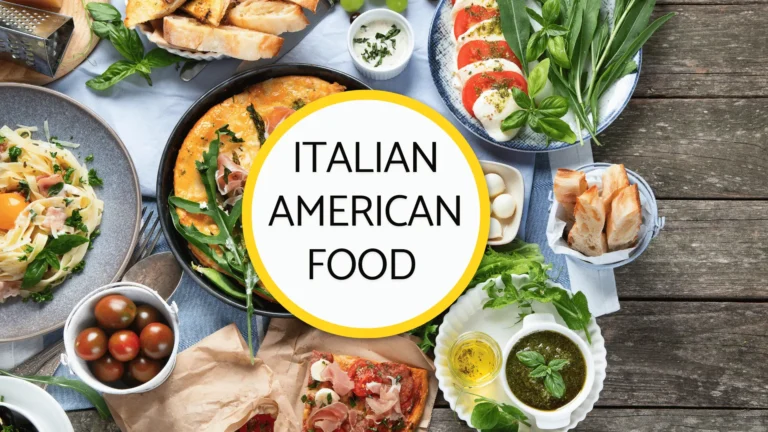
4 Comments